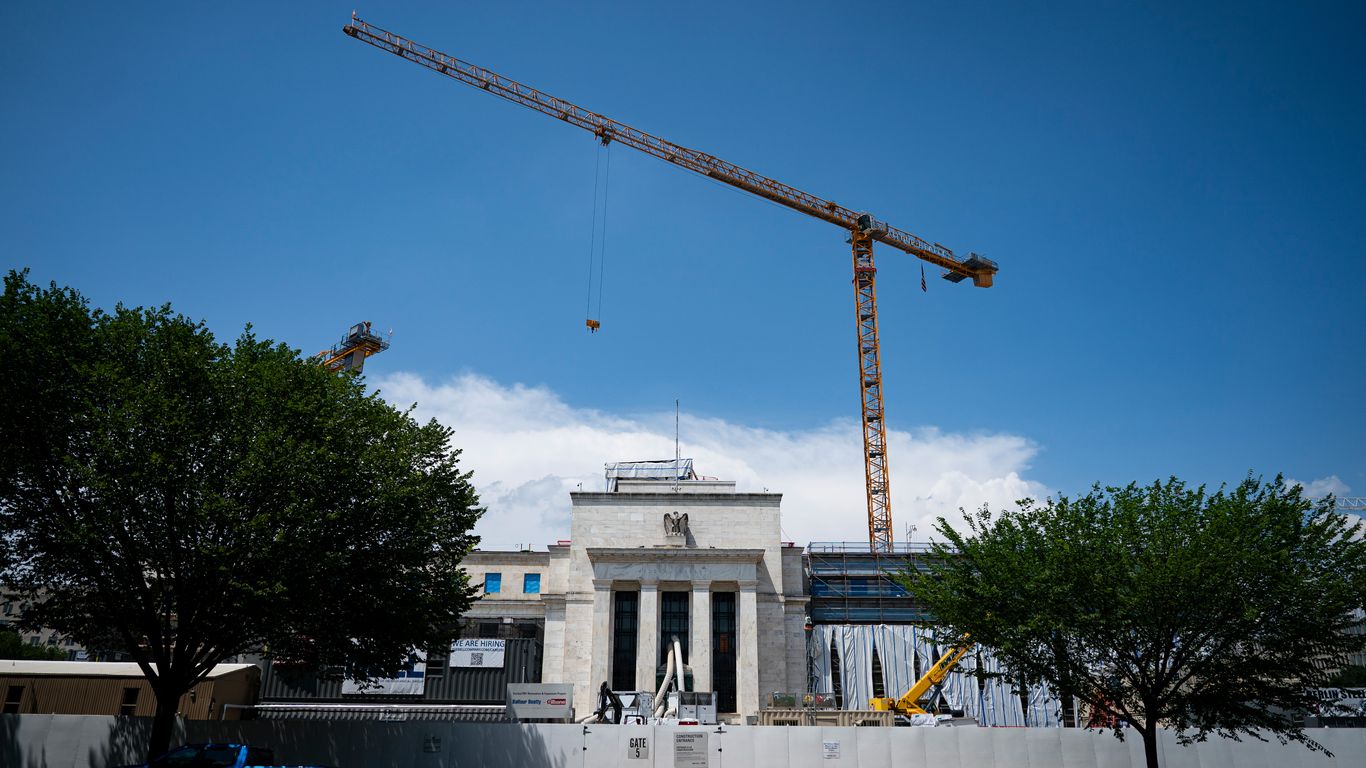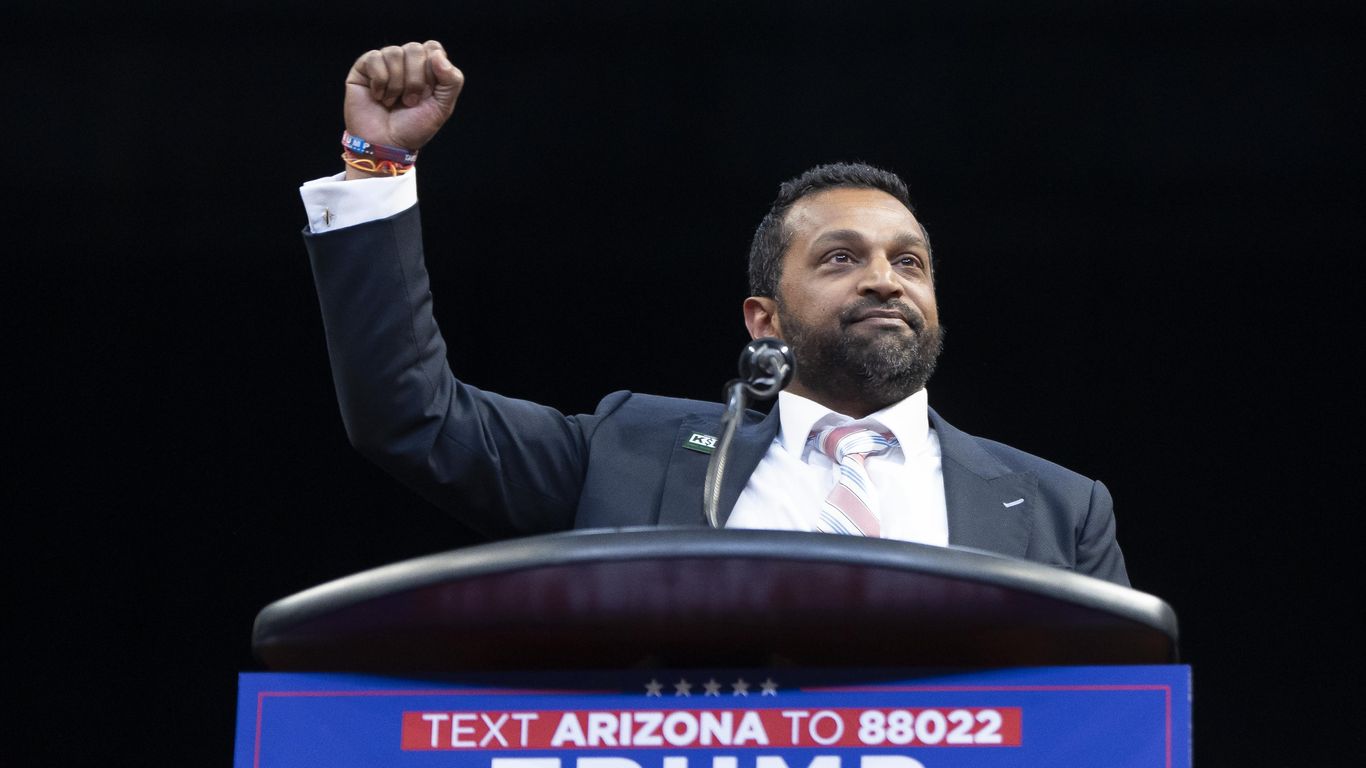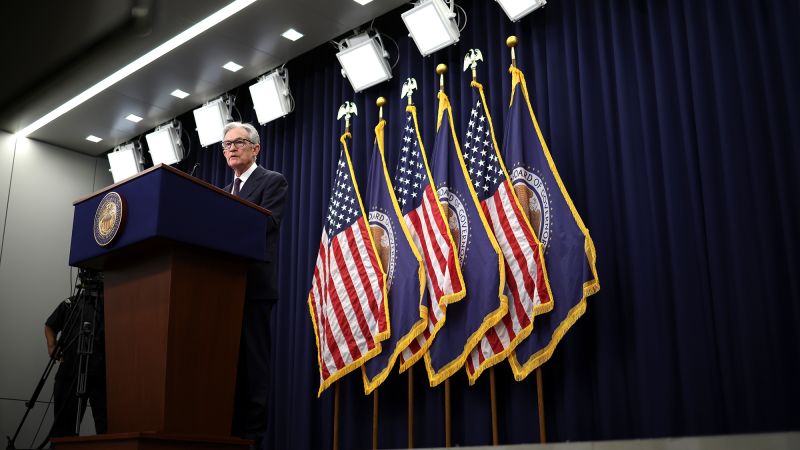White House Review of Smithsonian Exhibitions Sparks Controversy
#white_house #smithsonian #history #education #partisan_agenda

Introduction
The White House is conducting an expansive review of the Smithsonian's museum exhibitions, materials and operations ahead of America’s 250th anniversary. This review, initiated by President Trump, aims to ensure that the exhibits and materials align with his vision of history.
Implications of the Review
The review has sparked controversy, with many concerned about the potential censorship of historical facts and events. Some critics argue that the review is an attempt to rewrite history to fit the current administration's narrative. However, the White House has defended the review, stating that it is necessary to ensure that the Smithsonian presents an accurate representation of American history.
Promoting a Partisan Agenda
This is not the first time the Trump administration has been accused of trying to promote a partisan agenda in the education system. In 2019, the Department of Education proposed funding cuts for the Special Olympics and programs for students with disabilities. The proposed cuts were met with widespread backlash, and ultimately, the funding was restored. The ongoing review of the Smithsonian's exhibitions has raised similar concerns about the politicization of education.
About the People Mentioned
Donald Trump
Donald John Trump, born June 14, 1946, in Queens, New York, is an American businessman, media personality, and politician. He graduated from the University of Pennsylvania’s Wharton School in 1968 with a degree in economics. In 1971, he took over his family’s real estate business, renaming it the Trump Organization, through which he expanded into building and managing skyscrapers, hotels, casinos, and golf courses. Trump gained widespread fame as the host of the reality TV show *The Apprentice* from 2004 to 2015, which helped establish his public persona as a successful entrepreneur. Trump entered politics as a Republican and was elected the 45th president of the United States, serving from 2017 to 2021. His presidency was marked by significant policy actions including tax cuts, deregulation, the appointment of three Supreme Court justices, renegotiation of trade agreements (notably replacing NAFTA with the USMCA), and a focus on immigration control including border wall expansion. He withdrew the U.S. from international agreements such as the Paris Climate Accord and the Iran nuclear deal, and engaged in a trade war with China. His administration’s response to the COVID-19 pandemic was criticized for downplaying the virus’s severity. Trump was impeached twice by the House of Representatives—first in 2019 for abuse of power and obstruction, and again in 2021 for incitement of insurrection—but was acquitted by the Senate both times. After losing the 2020 election to Joe Biden, Trump challenged the results, culminating in the January 6, 2021, Capitol riot. He remains a central figure in American politics, having won the 2024 presidential election and returned as the 47th president in 2025, continuing to promote policies aimed at economic growth, border security, and military strength[1][2][3][4].
About the Organizations Mentioned
White House
The **White House Office** is a central organizational component within the Executive Office of the President of the United States (EOP), tasked with supporting the President in managing day-to-day operations, policy formulation, and political affairs. It is headed by the White House Chief of Staff and staffed by senior aides who report directly to the President, including those with titles such as Assistant to the President and Deputy Assistant to the President. These staff members are mostly political appointees without the need for Senate confirmation, allowing the President considerable discretion in shaping the office to suit each administration's priorities[1]. Historically, the White House Office was established in 1939 through Reorganization Plan 1 and Executive Order 8248 to provide immediate assistance to the President. It functions as the nerve center for presidential staff, physically located primarily in the West Wing, and plays a pivotal role in managing the President’s policy agenda, communications, and political strategy. Its flexible organization allows each President to tailor the staff composition and roles according to their governance style and objectives[1]. In the current context of 2025, the White House Office operates under the administration of President Donald J. Trump, who returned to office after the 2024 election. His administration emphasizes rejecting prior policies deemed extremist and focuses on enhancing quality of life, economic growth, and American energy dominance. The administration includes Vice President JD Vance and First Lady Melania Trump, among others, with a Cabinet advising on various governmental functions[4][6]. Recent initiatives linked to the White House’s operational sphere include the establishment of a new **Department of Government Efficiency (DOGE)** aimed at modernizing federal technology and software to boost government productivity. The DOGE agenda is implemented through the renamed United States DOGE Service within the Executive Office, reflecting a concerted push to leverage technology for administrative modernization[5]. Notably, the White House Office also coordinates national security and homeland security functions through the National Security Council staff, underscoring its central role
Smithsonian
The Smithsonian Institution is the world's largest museum and research complex, located in Washington, D.C. It was established in 1846 with a bequest from British scientist James Smithson, who left his estate to the United States to found an institution dedicated to "the increase and diffusion of knowledge among men" [2][4]. The organization operates as a trust instrumentality, separate from the federal government's three branches, and is governed by a Board of Regents that includes the Vice President, the Chief Justice of the U.S. Supreme Court, and members of Congress [3][4]. ### History The Smithsonian's history began with Smithson's will in 1826, which stipulated that his estate should go to the United States if his nephew died without heirs. This occurred in 1835, and Congress accepted the bequest in 1836 [4]. The institution was formally established on August 10, 1846, with President Polk signing the act into law [4][5]. ### Key Achievements and Current Status Today, the Smithsonian comprises 21 museums, multiple research centers, and the National Zoo, housing over 137 million objects [3][7]. It is renowned for significant contributions to science, technology, and culture. The institution's collections include artifacts from the U.S. Exploring Expedition, which greatly enhanced its national importance and prestige [2]. The Smithsonian also hosts the National Air and Space Museum, the National Museum of Natural History, and the National Gallery of Art, among others [5]. ### Notable Aspects The Smithsonian is not only a repository of historical artifacts but also a hub for scientific research and innovation. It has been led by notable secretaries, including Joseph Henry and S. Dillon Ripley, who have shaped its mission and impact [6]. The institution continues to evolve, embracing digital technologies to expand its reach and make its vast collections accessible globally.
Department of Education
The U.S. Department of Education (ED), established in 1979, is a federal agency responsible for shaping education policy, administering federal aid, and promoting student achievement and equal access to education across the nation[1][9]. Its mission centers on preparing students for global competitiveness by fostering educational excellence and ensuring equal opportunities for all learners[1]. The Department manages a broad portfolio, including elementary and secondary education programs serving over 55 million students in approximately 134,000 public and private schools, as well as grant, loan, and work-study assistance for around 10 million undergraduates[1]. Created to strengthen federal commitment to equal educational opportunity, the Department supplements state and local efforts, encourages public involvement, supports federally funded research, and works to improve efficiency and accountability in education programs[1]. It functions as the primary conduit for federal funding to public K-12 schools and higher education institutions, distributing billions annually—over $60 billion in regular federal school funding plus additional pandemic-related funds[3][4]. Despite its pivotal role, the Department has faced ongoing political controversy, particularly from conservative circles advocating for its reduction or elimination, arguing that education governance should be localized[3]. In 2025, an executive order directed steps toward potentially closing the Department, although full abolition requires Congressional approval and remains uncertain[2][4]. This political uncertainty has led to staff reductions and canceled contracts, raising concerns among educators and professional organizations about impacts on student services and special education funding[2][3]. In parallel, state governments and education leaders focus on evolving education policy themes such as K-12 funding, workforce development, teacher workforce challenges, academic achievement, and mental health support, highlighting the dynamic interplay between federal and state roles in education[5]. Technologically and administratively, the Department continues to manage vast data and funding systems, aiming to modernize education delivery and accountability while navigating political pressures and shifting federal priorities[6][8]. Its notable impact lies in coordinating large-scale federa
Special Olympics
## Special Olympics: Empowering Inclusion Through Sports Special Olympics is a global movement dedicated to promoting respect, inclusion, and acceptance for people with intellectual disabilities through sports. Founded in 1968 by Eunice Kennedy Shriver, the organization began as a backyard summer camp in Maryland and has since grown into a worldwide phenomenon, changing lives and attitudes across the globe. ### History The first Special Olympics Games were held on July 20, 1968, at Soldier Field in Chicago, featuring about 1,000 athletes from the U.S. and Canada[2][8]. The event was a joint initiative between the Kennedy Foundation and the Chicago Park District, with Anne McGlone Burke playing a pivotal role in organizing the games[2]. By 1971, Special Olympics gained official approval from the U.S. Olympic Committee to use the term "Olympics" in the United States[8][9]. ### Key Achievements Special Olympics has achieved several milestones, including the launch of the first International Special Olympics Winter Games in 1977 and the introduction of the Law Enforcement Torch Run in 1981, which is now the largest grassroots fundraiser for the organization[8]. In recent years, Special Olympics has expanded its programs to include Unified Sports, bringing together people with and without intellectual disabilities to compete on the same team[7]. ### Current Status Today, Special Olympics is a powerful force in promoting inclusivity and health, with over 4 million athletes participating worldwide[7]. The organization continues to innovate, with initiatives like Healthy Athletes providing free health screenings and resources to athletes[7]. Special Olympics also supports educational programs and advocacy efforts to enhance the lives of people with intellectual disabilities. ### Notable Aspects One of the most notable aspects of Special Olympics is its ability to bridge gaps between communities, fostering understanding and acceptance. The organization's impact extends beyond sports, influencing societal attitudes and policies. With its global reach and commitment to inclusivity, Special Olympics remains









